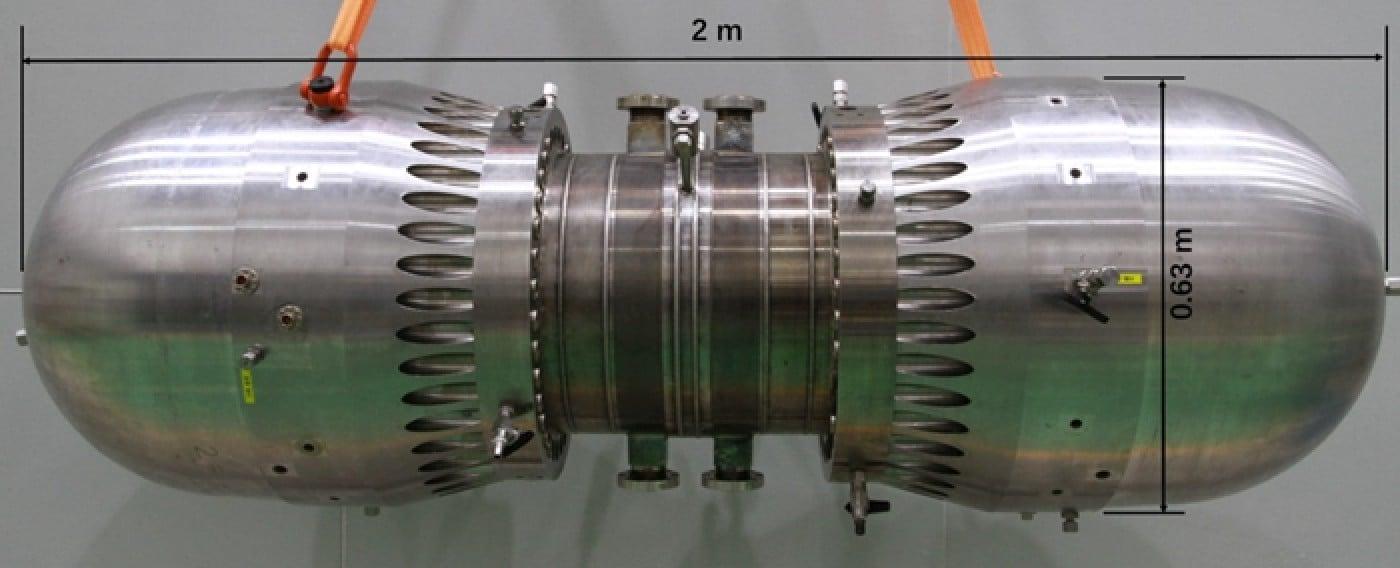In the line of scientific breakthroughs, China takes center stage with a groundbreaking achievement in energy innovation. The Technical Institute of Physics and Chemistry (TIPC) at the Chinese Academy of Sciences (CAS) has unveiled a remarkable advancement — a high-efficiency thermoacoustic Stirling generator. This cutting-edge engine, reported by the South China Morning Post (SCMP), defies convention, producing an impressive 140 horsepower (102 kilowatts) from a heat source reaching 986 degrees Fahrenheit (530 degrees Celsius).
As sound waves traverse through gases, adiabatic compression, and expansion dance unfolds sans heat transfer to the surroundings. This unique feature forms the backbone of the Chinese generator’s breakthrough. By integrating a motor capable of directly translating sound into electrical energy, it not only defies norms but propels the boundaries of conventional Stirling engine designs.
This innovation emerges as a maestro in the orchestra of distributed energy systems, promising versatility and efficiency. Its adaptability to various heat sources heralds a new era in energy generation, potentially reshaping the landscape of meeting diverse energy needs.
Professor Hu Jianying from TIPC paints a vivid picture of the Chinese generator, describing its dumbbell-like structure and a length of about 6.5 feet (2 meters). With a current thermoelectric conversion efficiency of approximately 28 percent, the generator’s prowess could elevate to 34 percent with a hotter 600-degree thermal fluid. Versatility takes center stage as the generator gracefully accommodates different heat sources, including solar energy, waste heat, and biomass.
Professor Luo Ercang of TIPC emphasizes the generator’s reliability, simplicity of design, minimal moving parts, and compatibility with various heat sources. Operating with a calm efficiency, the generator positions itself as a formidable contender against traditional steam turbines.
Jianying unravels the technological marvel, revealing the use of high-pressure helium at 15 megapascals as the working medium. The absence of mechanical parts requiring lubrication enhances efficiency and extends the generator’s lifespan beyond a decade. The linear motor further refines the symphony of the generator—a composition of a piston driven by sound waves, permanent magnets, and coils. This meticulous design minimizes vibrations, maintaining an internal airtight environment.
In Jianying’s words, “It is a promising new generation technology for solar thermal, biomass power generation, and distributed energy systems.” The generator’s potential to harmonize with various sectors positions it as a trailblazer in renewable energy and power generation, resonating across industries and paving the way for a harmonious future.

